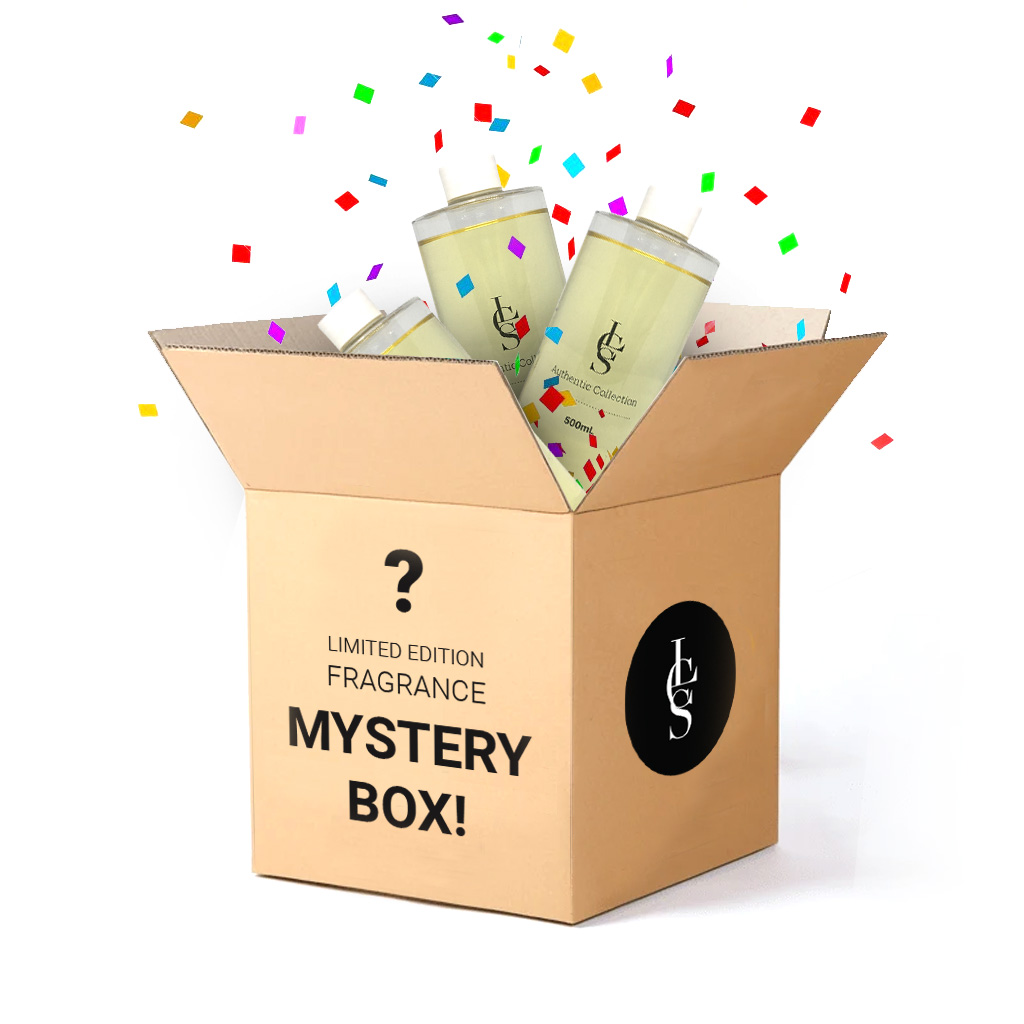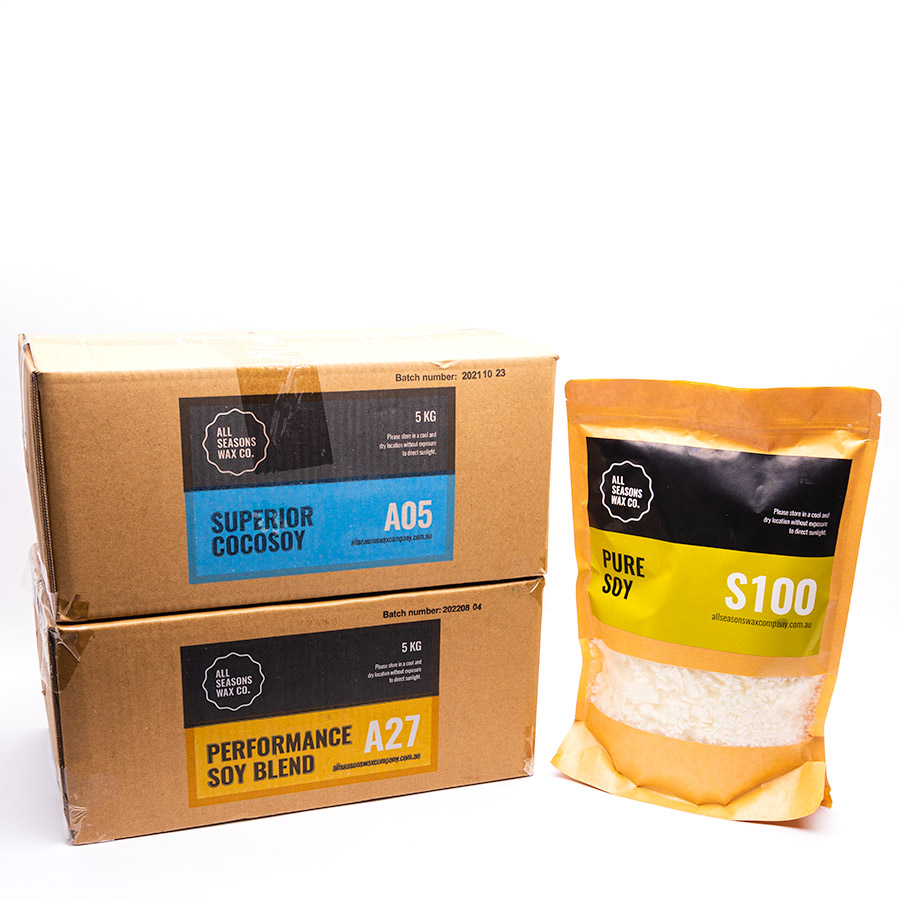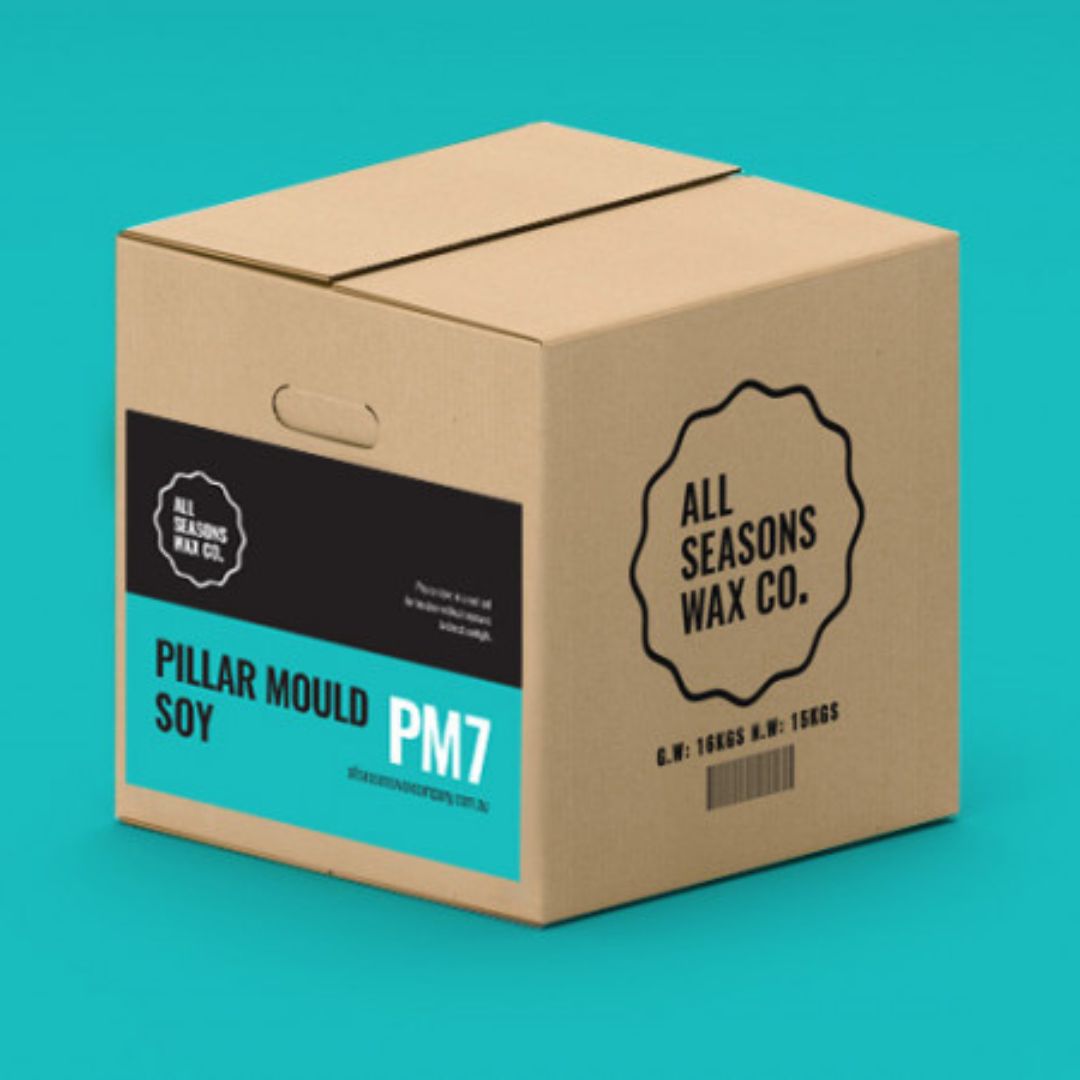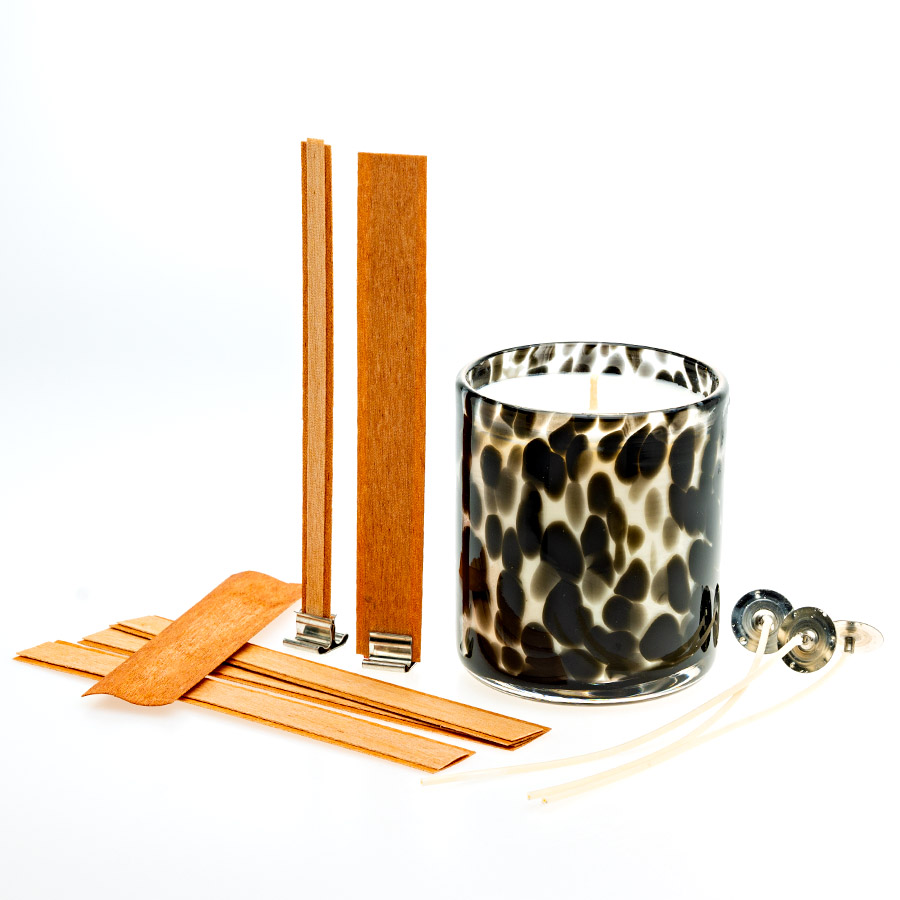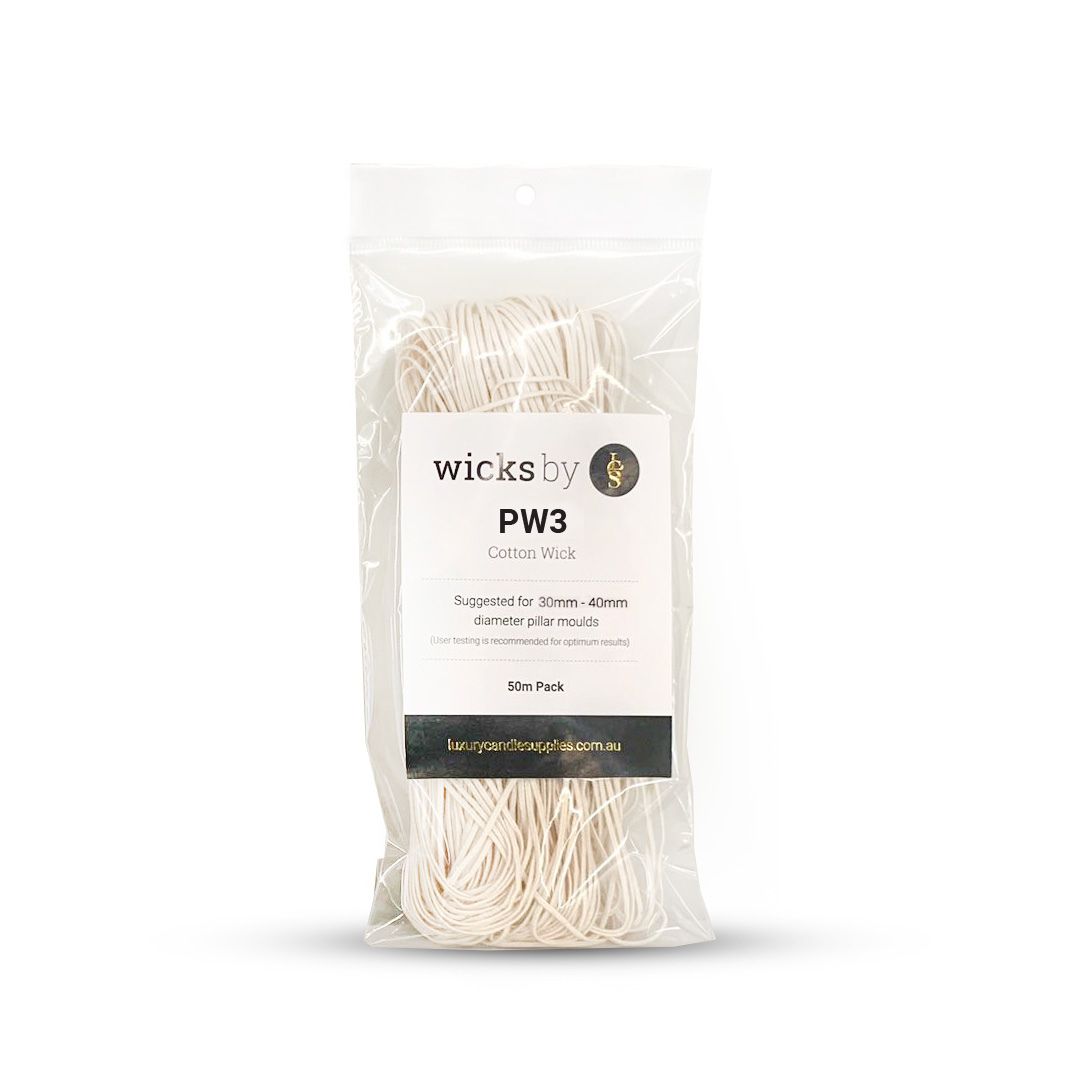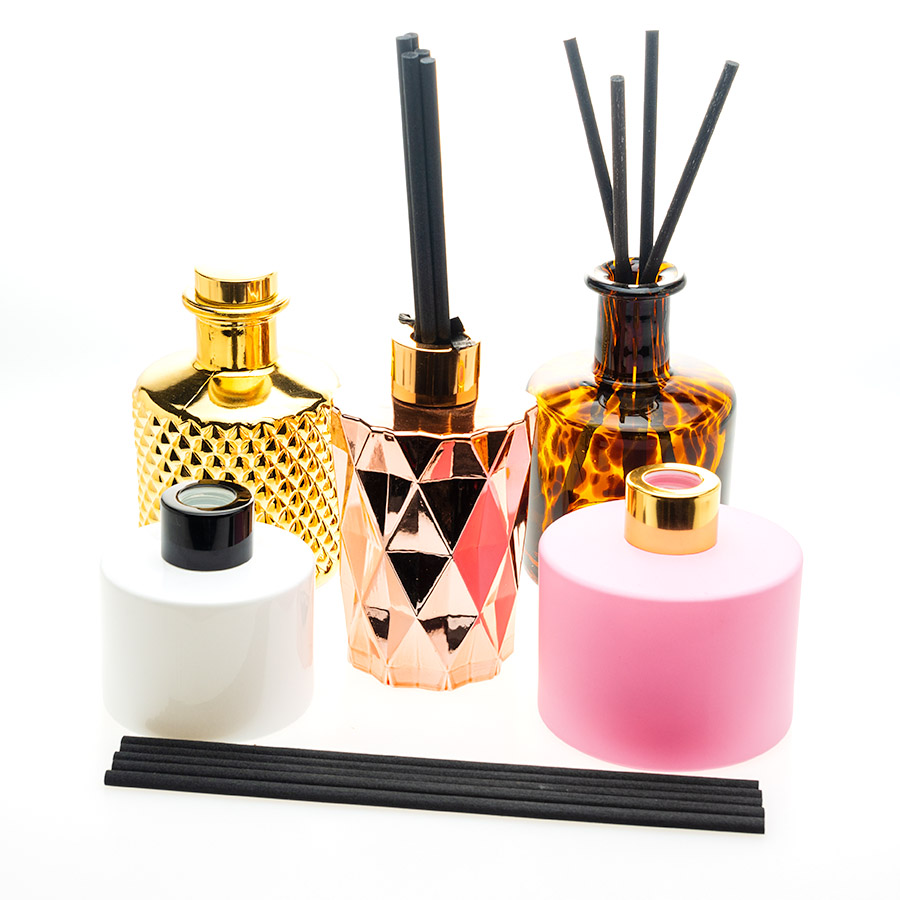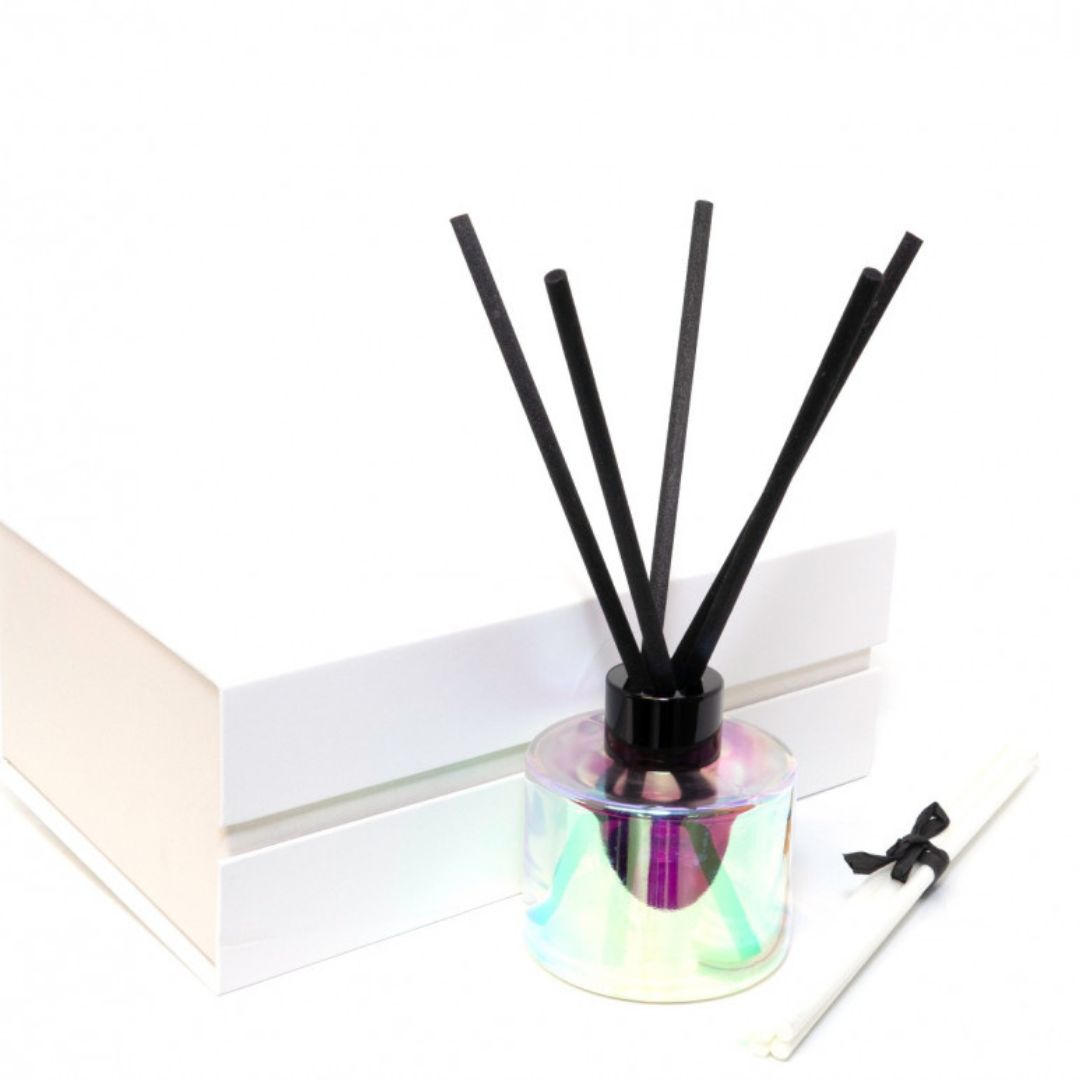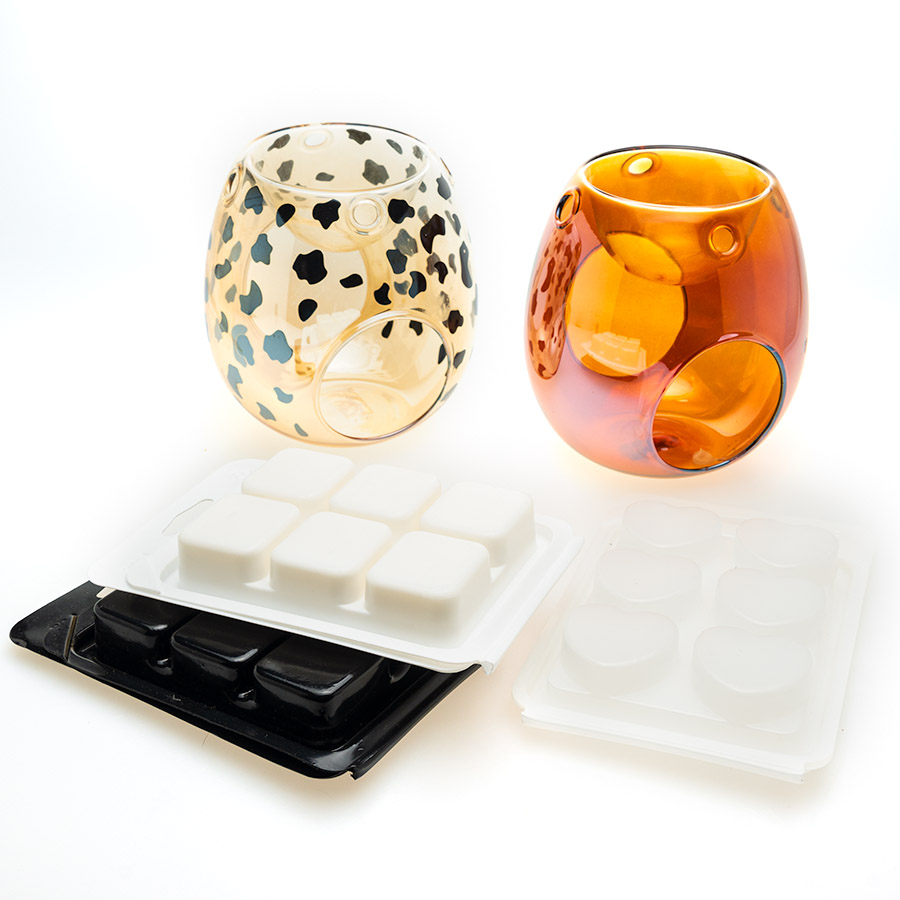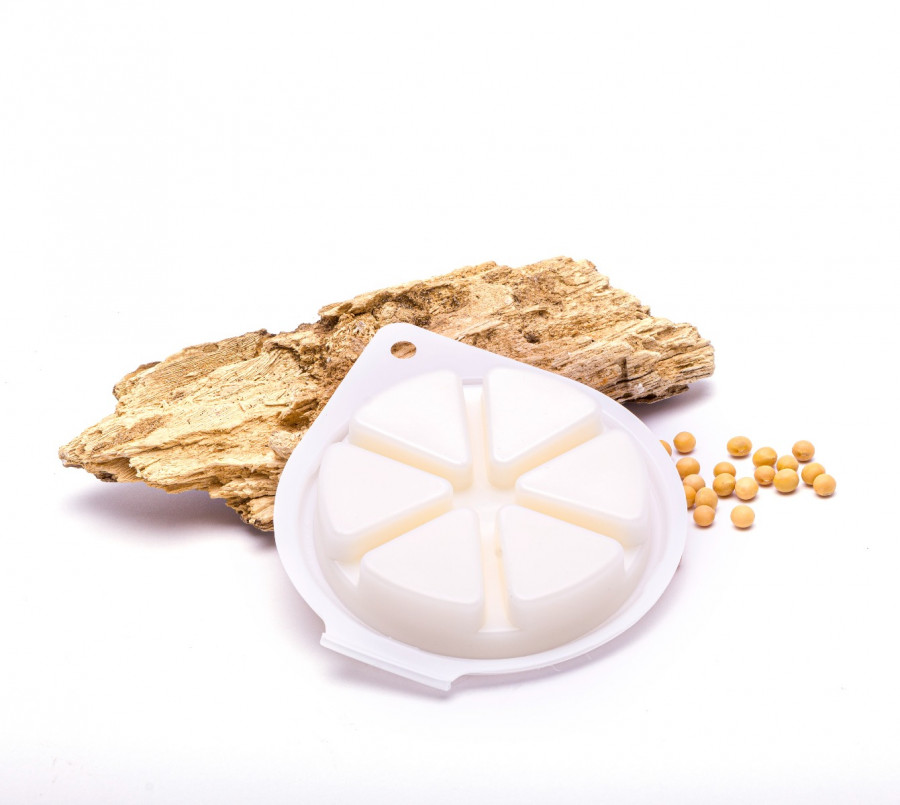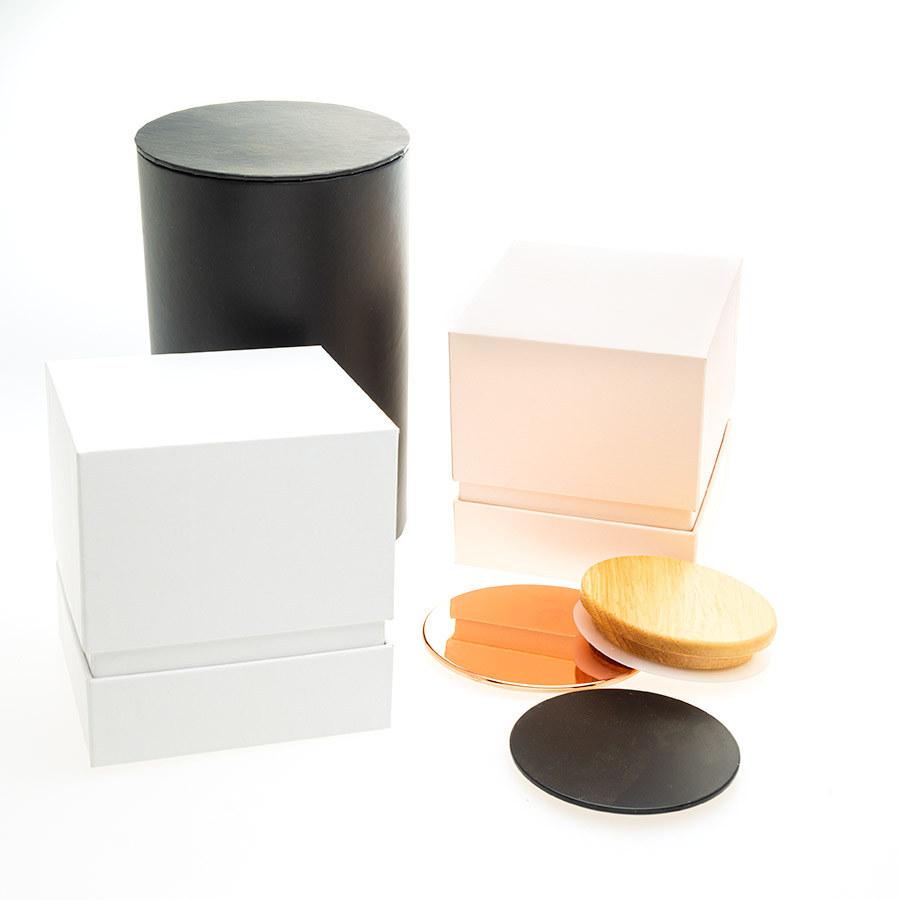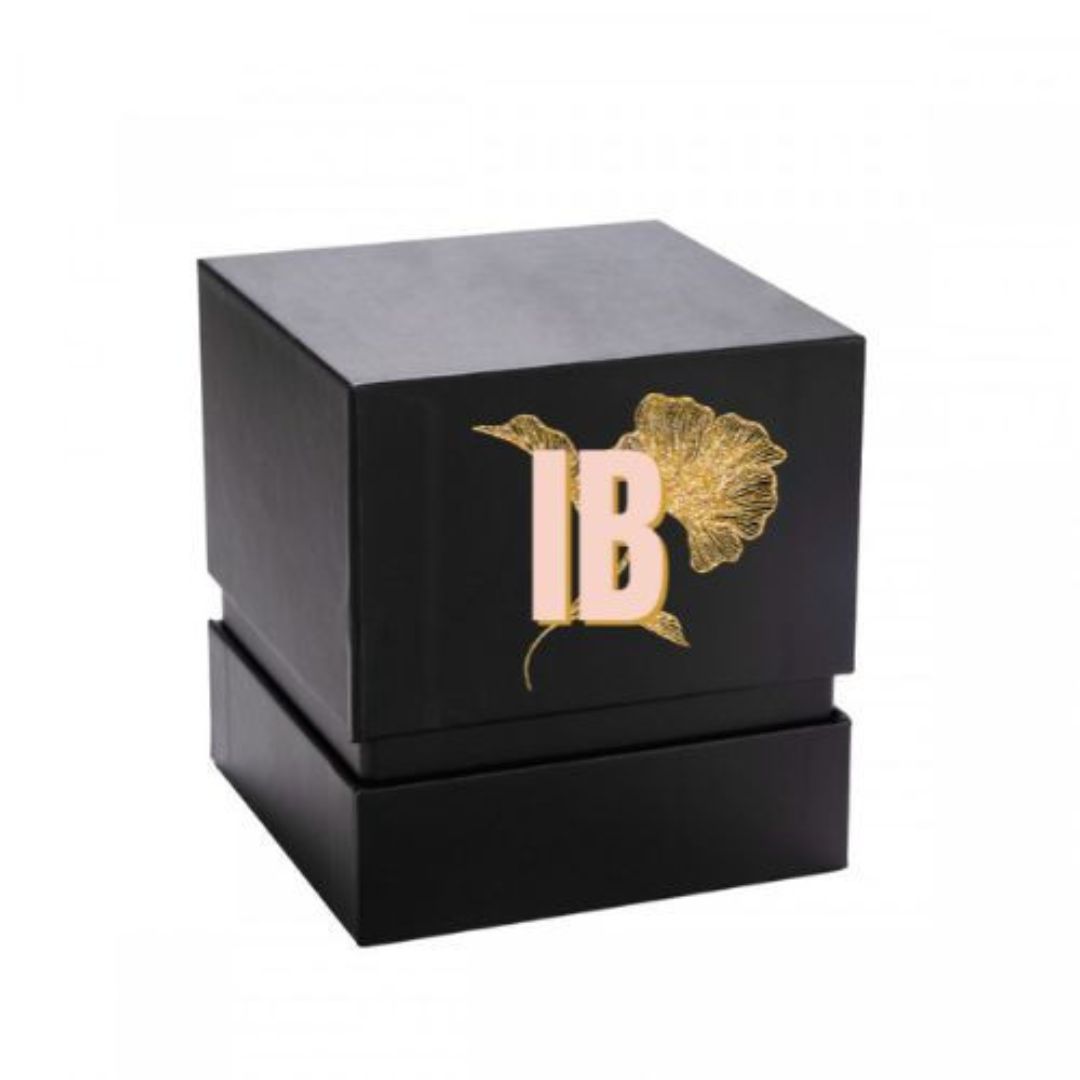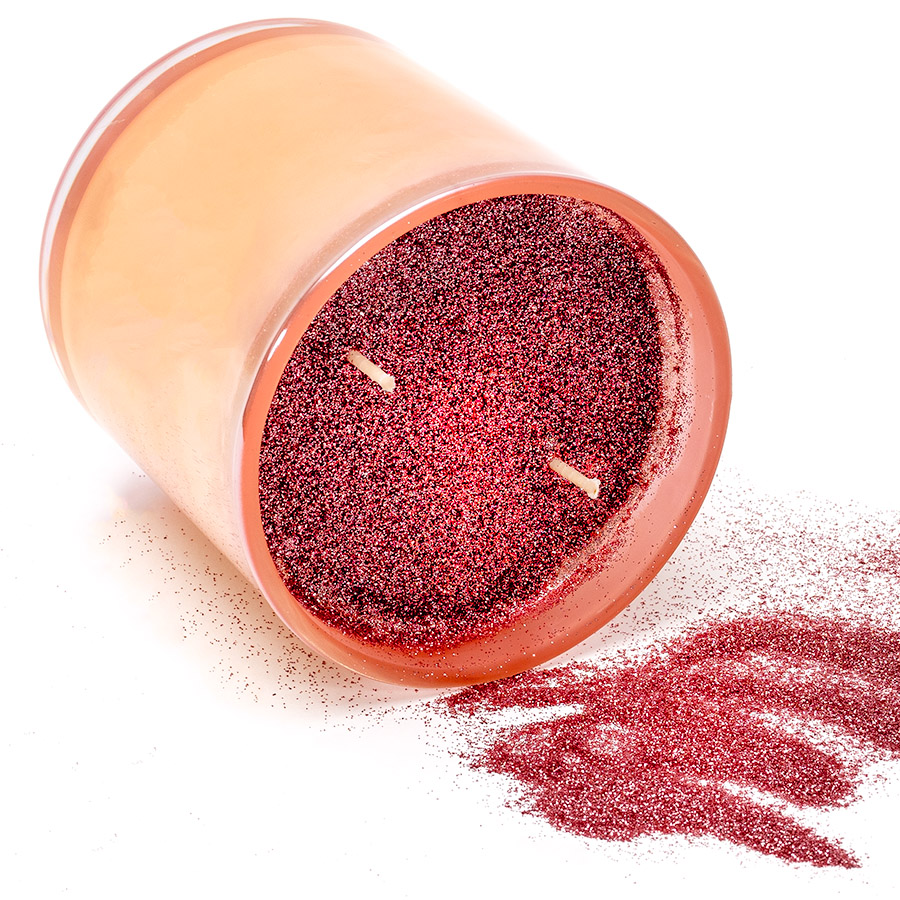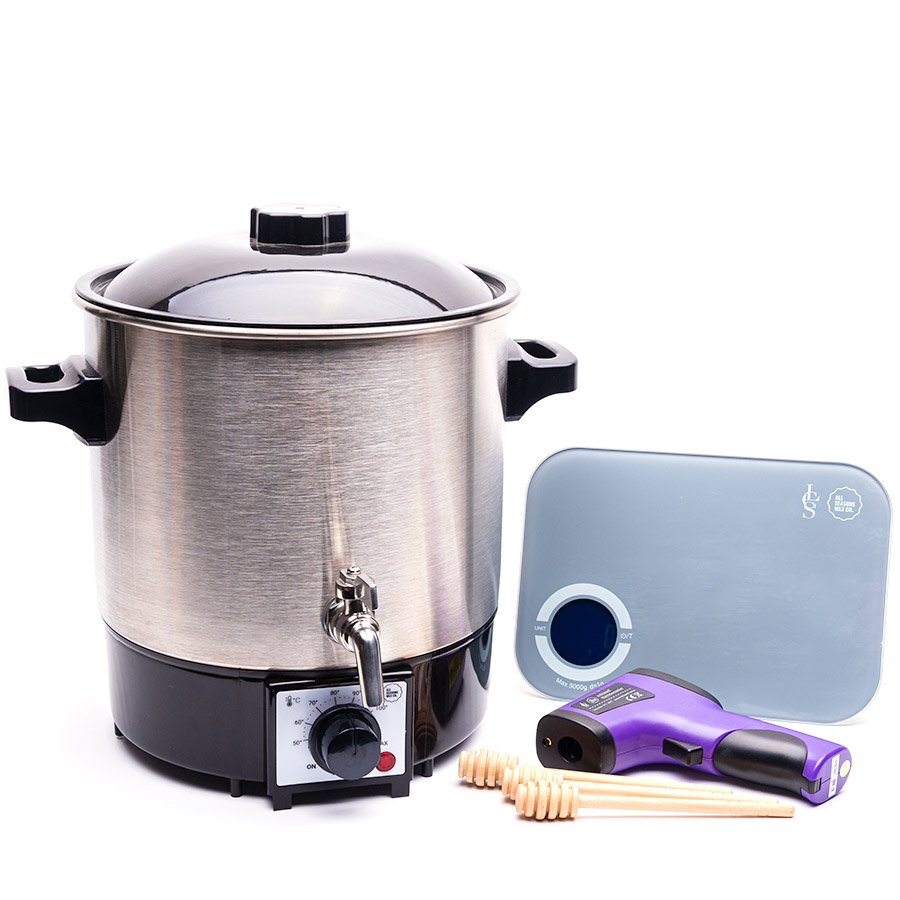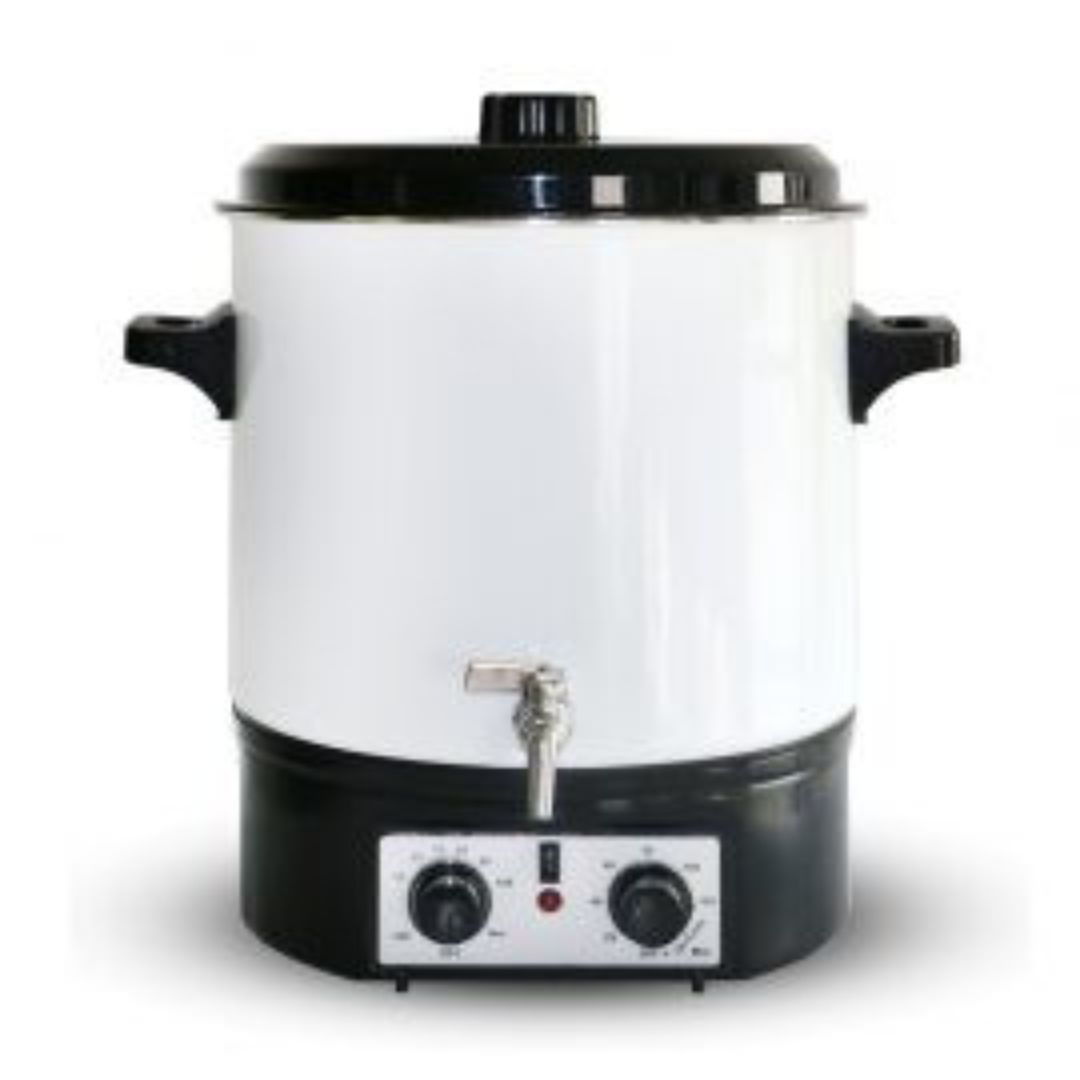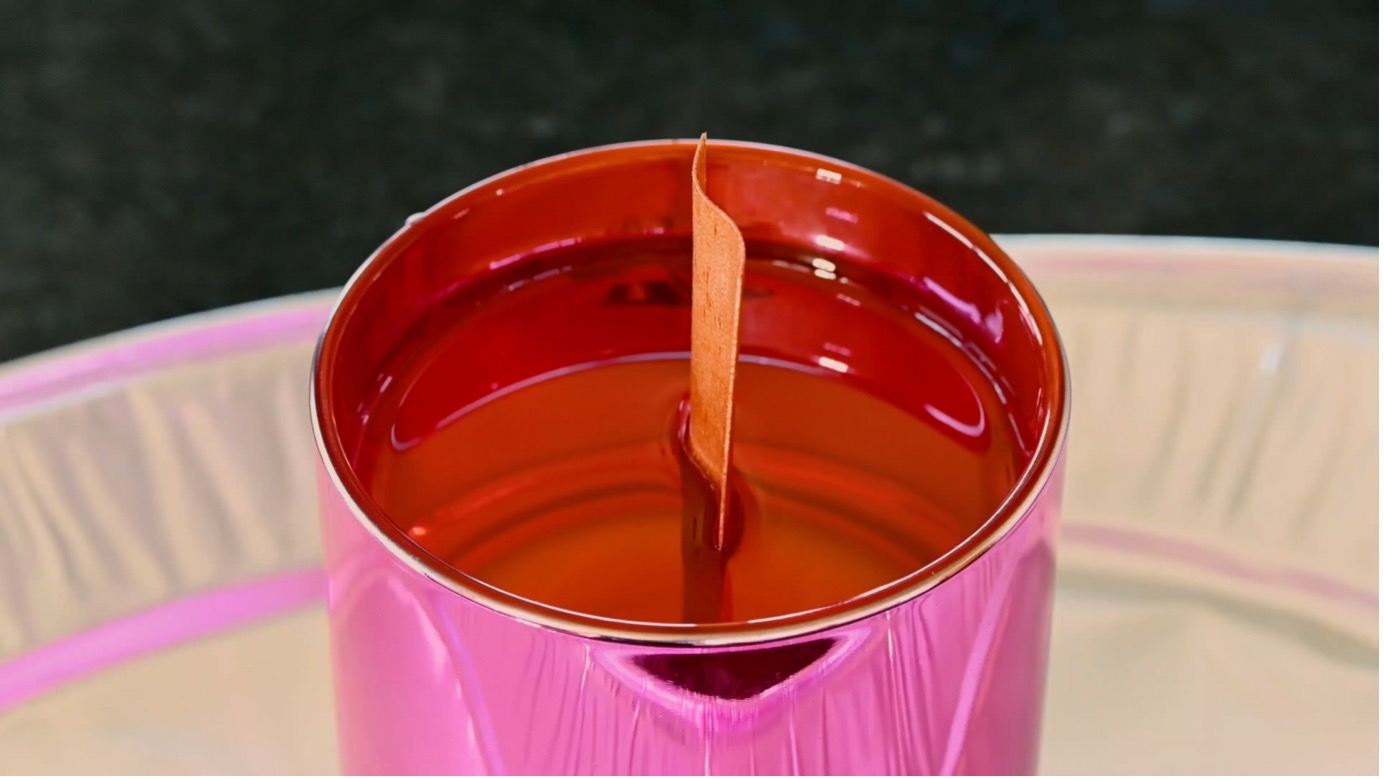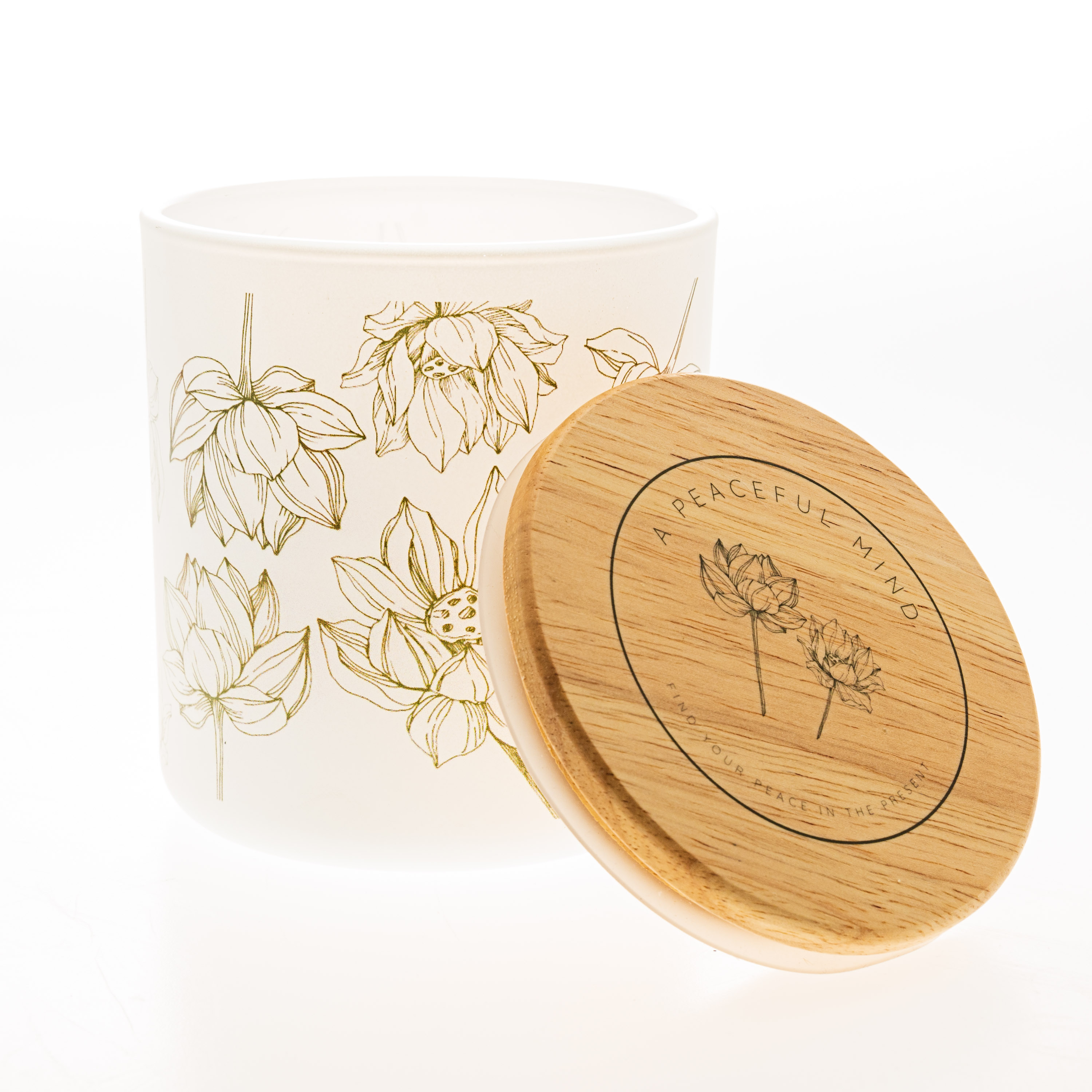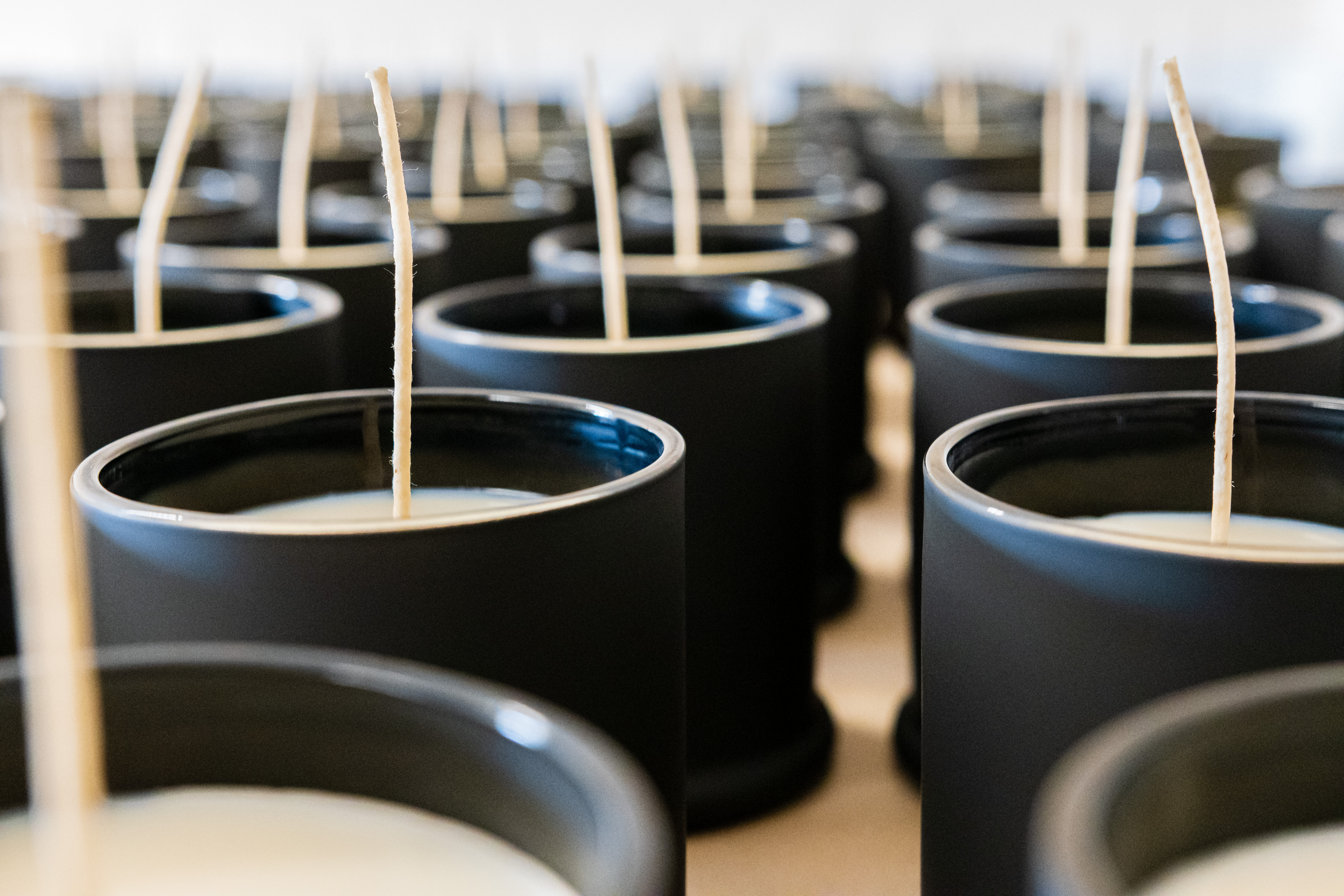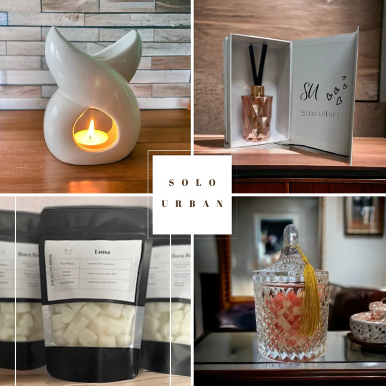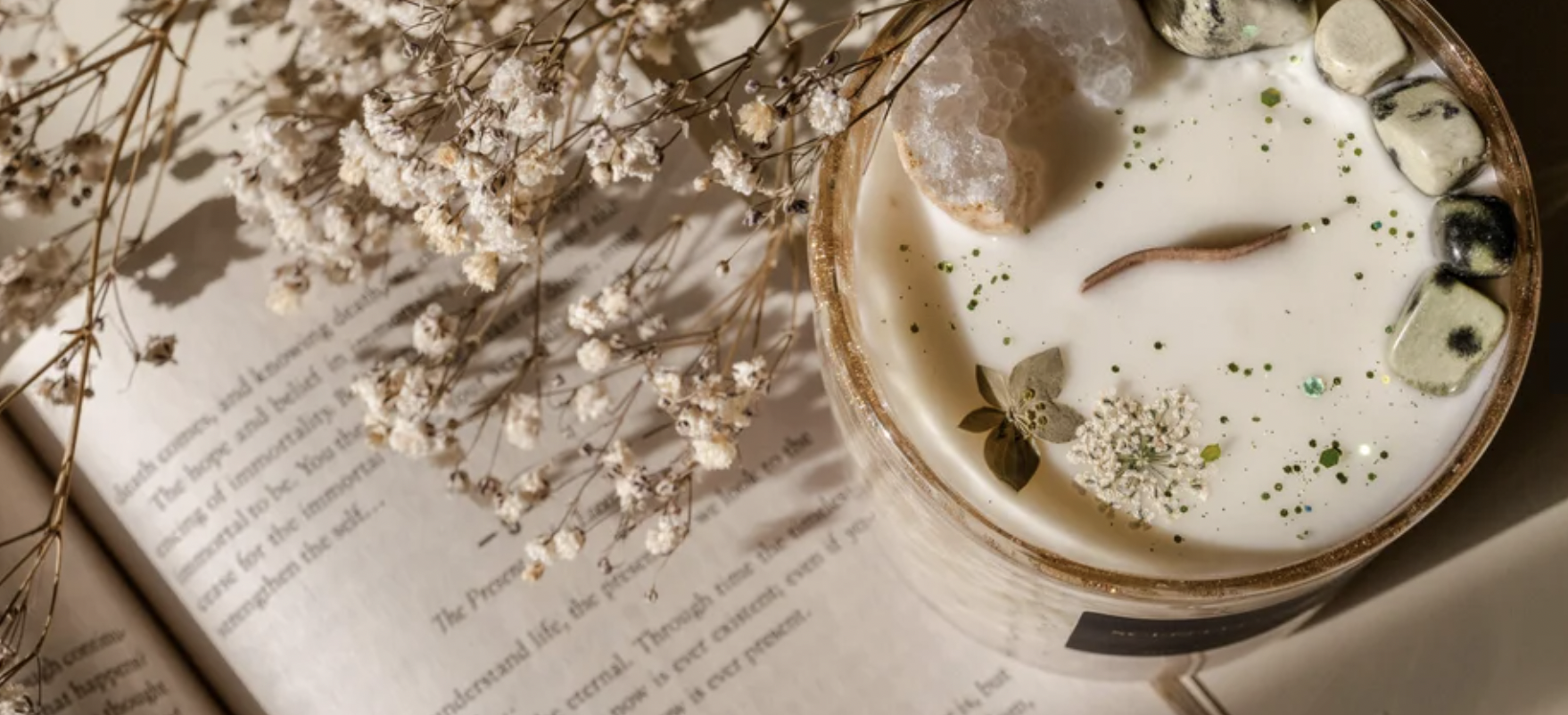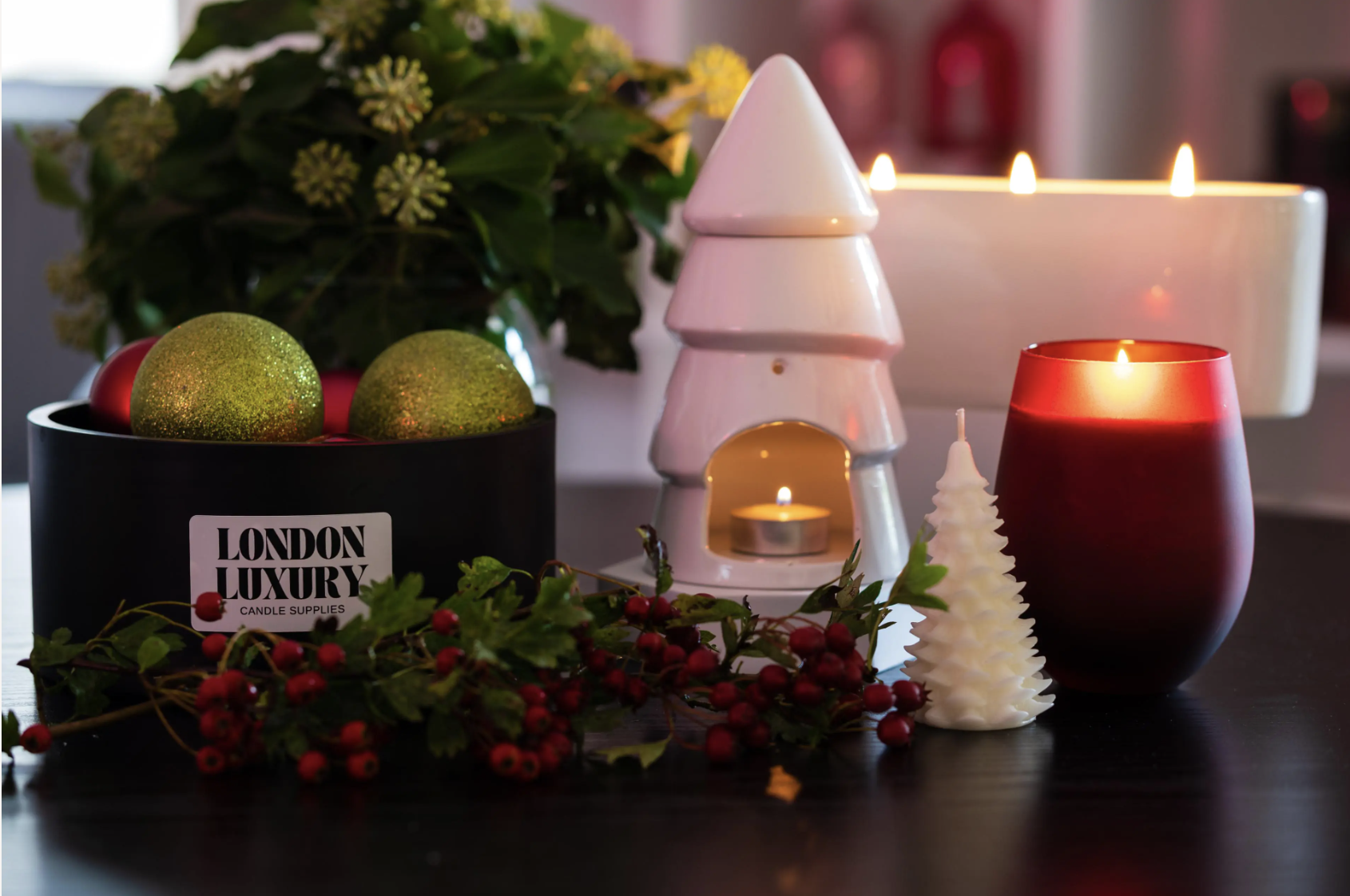Toggle Nav
The complete guide to fragrance oil and soy candles.
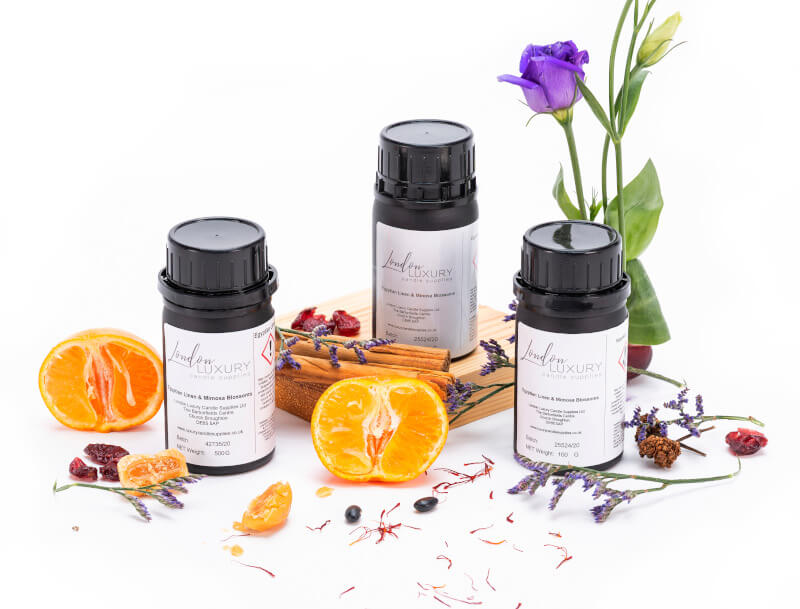
MEASURING YOUR FRAGRANCE
When making a candle the first thing to do is work out how much liquid your jar holds by measuring up to the point it will be filled with wax.
The way we would do it step by step is:
-
Using your preferred jar on the scales using the measurement of Grams and tare it to 0.
-
Using a measuring jug continue to pour the water into your desired candle jar up until the point where you would want to fill it with wax when pouring. (Ensure to record the amount required and then thoroughly dry the container of any water droplets).
-
Make sure to take notes of all the measurements to avoid forgetting or making errors.
-
Now that you have your measurements ready, you’re ready to determine how much fragrance to put into your wax.
Fragrance load simply means the percentage of fragrance you’ll mix into your jar along with your candle wax, it is always expressed as a percentage.
When using All Seasons Wax, we recommend using a fragrance load of 6% - 8% to ensure a good scent throw without impacting the flame’s ability to burn-through the viscous fragrance oil or causing disturbances to the top of the candle.
Now that you know how much liquid you’ll be using it’s easy to work out how much fragrance to put in, simply multiply your jar volume by what % you would like to use.
NOTE: If using the scents by London Luxury Candle Supplies fragrance oils, due to the high-quality and concentration of the fragrance oils, the suggested usage is between 6-8% only.
Please note usage may vary based on the type of wax you are using and testing is key for OPTIMUM results.
By now you know that you need ‘X’ ml of liquid to fill your desired jar and that ‘X’ ml is going to be fragrance.
That means you need ‘X’ ml of liquid wax, right? Absolutely spot on.
(It doesn’t matter if you have a little left over, they make perfect tealights. Always better to be slightly over than slightly under). We find it easy to use a calculator when working out the % rate of fragrance to wax.
For example, 390ml x 7% = 27.3ml of Fragrance.
That is the amount of fragrance you need to use (doesn’t matter if you choose mls or weight for the fragrance as long as you stick to one method).
Although it seems a little confusing at first it is quite easy to do.
If your wax amount is 390grams x 7% = 27.3grams of fragrance.
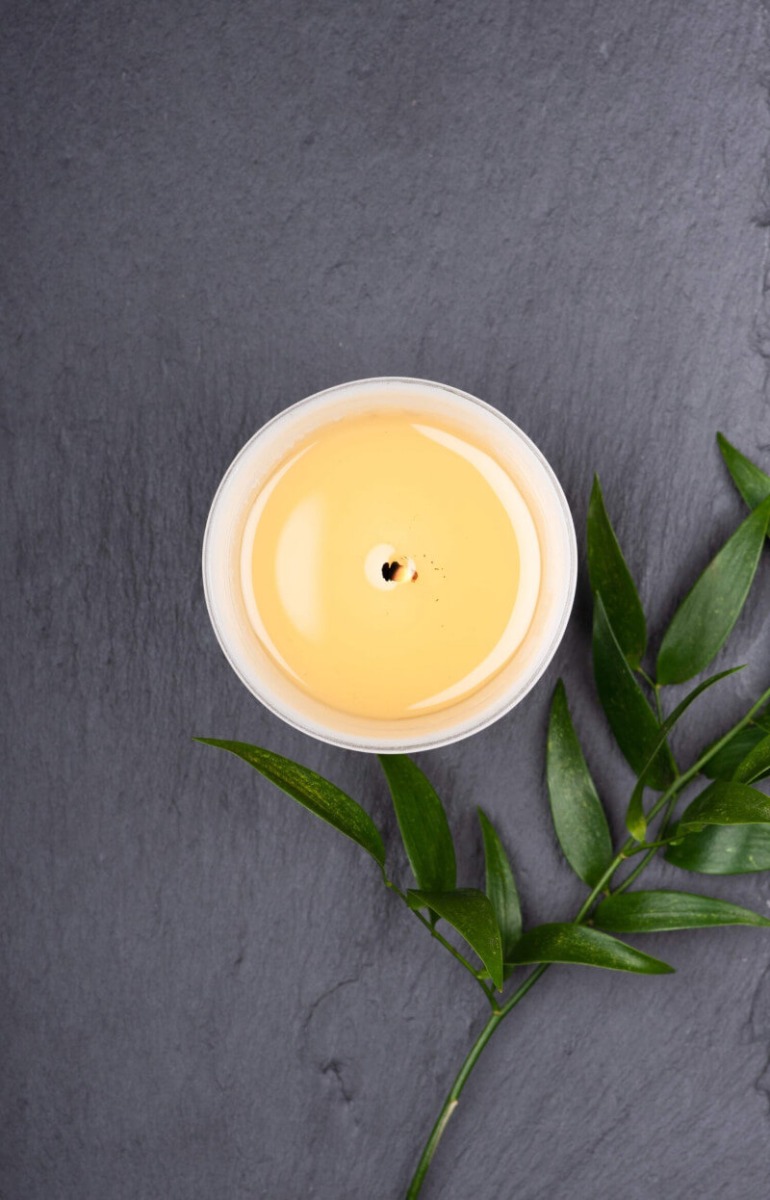
FRAGRANCES IMPACT ON SOY WAX
Every fragrance will affect your soy wax differently. You may find one particular scent causes your wax to set lumpy or ‘curdle’. If this happens drop the scent percentage back and try making another candle. Keep doing this until you strike a balance.
Don’t forget to also experiment with the pour temperature.
MEASURING FRAGRANCE OIL IN MILLILITRES VS GRAMS
Some candle makers prefer measuring wax and fragrance in millilitres and others by grams.
As long as you stick to the one unit of measurement then the percentage added will be correct.
Do not mix grams and millilitres when measuring wax and fragrance.
MEASURING IN LARGE QUANTITIES:
When making a single candle, it is important to know how much wax your candle vessel holds and how much fragrance to use. When you are making a large batch, you will base all your measurements on the total amount of wax you have by weight and add fragrance by weight just like discussed above!
ADDING THE FRAGRANCE:
Only add your fragrance when your wax temperature is below the flash point of the fragrance. Generally, between 50-55 Degrees, but this will vary based on the wax you are using!
Now you may be wondering….”What is a flash point?”
The flash point is the temperature at which the fragrance becomes volatile and may catch alight.
Mix the fragrance in thoroughly to ensure that your candle has an even fragrance load.
CANDLE SWEATING AND FRAGRANCE LOAD
Sometimes you may see little beads of oily residue ‘sweat’ on the top surface of a candle. Candle sweating can be caused by many things: Candles with a very high soy content are notorious for sweating. Excess oil can be released during temperature changes, or when the candles get too warm in a hot environment, in the car, under lights/in the sun near a window. Finally, adding too much fragrance is also a cause. Make another candle with the exact same scent but lower the fragrance load, test burn and see if there’s a difference. Keep testing and you will find the balance for that particular fragrance. Another tip, drop your fragrance load slightly in Summer!
It is important to remember, however, that sweating does not affect the quality, burn or scent-throw of a candle. If you do find your candles are sweating, dab lightly with a tissue to clean away the oil droplets, use a heat gun to melt and reset the top.
WHEN TO ADD FRAGRANCE TO YOUR MELTED WAX?
When your wax is melted and is a clear liquid, it is time to add fragrance. If a fragrance is very viscous, the wax may need to be a little hotter than 60 degrees Celsius, as viscosity decreases with increased temperatures. The wax temperature will then cool to about 50 – 55 degrees Celsius ready for pouring.
Some scents are also heavier than others and require less fragrance. Any fragrance with Vanilla, Sandalwood, Oudh, Caramel etc we feel could be dropped back to a 6% fragrance load. This does not affect the scent throw as some people believe. Less is sometimes more!
MEASURING IN LARGE QUANTITIES:
When making a single candle, it is important to know how much wax your candle vessel holds and how much fragrance to use. When you are making a large batch, you will base all your measurements on the total amount of wax you have by weight and add fragrance by weight just like discussed above!
ADDING THE FRAGRANCE:
Only add your fragrance when your wax temperature is below the flash point of the fragrance. Generally, between 50-55 Degrees, but this will vary based on the wax you are using!
Now you may be wondering….” What is a flash point?”
The flash point is the temperature at which the fragrance becomes volatile and may catch alight.
Mix the fragrance in thoroughly to ensure that your candle has an even fragrance load.
CANDLE SWEATING AND FRAGRANCE LOAD
Sometimes you may see little beads of oily residue ‘sweat’ on the top surface of a candle. Candle sweating can be caused by many things: Candles with a very high soy content are notorious for sweating. Excess oil can be released during temperature changes, or when the candles get too warm in a hot environment, in the car, under lights/in the sun near a window. Finally, adding too much fragrance is also a cause. Make another candle with the exact same scent but lower the fragrance load, test burn and see if there’s a difference. Keep testing and you will find the balance for that particular fragrance. Another tip, drop your fragrance load slightly in Summer!
It is important to remember, however, that sweating does not affect the quality, burn or scent-throw of a candle. If you do find your candles are sweating, dab lightly with a tissue to clean away the oil droplets, use a heat gun to melt and reset the top.
WHEN TO ADD FRAGRANCE TO YOUR MELTED WAX?
When your wax is melted and is a clear liquid, it is time to add fragrance. If a fragrance is very viscous, the wax may need to be a little hotter than 60 degrees Celsius, as viscosity decreases with increased temperatures. The wax temperature will then cool to about 50 – 55 degrees Celsius ready for pouring.
Some scents are also heavier than others and require less fragrance. Any fragrance with Vanilla, Sandalwood, Oudh, Caramel etc we feel could be dropped back to a 6% fragrance load. This does not affect the scent throw as some people believe. Less is sometimes more!
Thanks so much for reading and continuing to support our candle making guides.
The team at All Seasons Wax Company is dedicated to building the world’s largest, free database of candle making information. If you’re finding the content educational, informative and even a little bit fun - the best thing you can do to help us is to share our articles with your friends and family that may be interested.
Thanks again!

